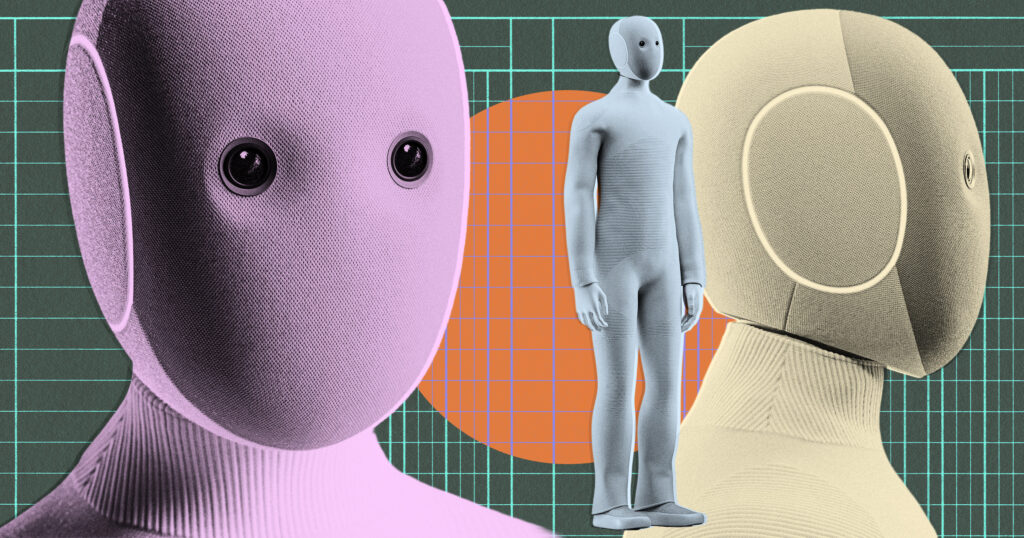
The NEO robot, a bipedal machine developed by the Palo Alto-based startup 1X, is set to hit the market in 2026, priced at $20,000. However, potential buyers may be surprised to learn that this innovative servant is not autonomous. Instead, it requires remote human operators to perform tasks, raising questions about privacy and practical utility.
Weighing in at 66 pounds and standing five feet six inches tall, the NEO comes in a variety of colors, including tan, gray, and dark brown. It is currently available for pre-order with a reservation fee of just $200. Owners can choose between a subscription model costing $499 a month or a one-time payment for full ownership.
Founded by Norwegian tech entrepreneur Bernt Børnich, 1X aims to create a user-friendly robot that avoids the dark, dystopian imagery often associated with robotics. “If we don’t have your data, we can’t make the product better,” Børnich explained in an interview with the Wall Street Journal. This statement highlights the robot’s reliance on user data to improve its artificial intelligence capabilities over time.
Once owners have set up the NEO, they will use a dedicated app to schedule tasks. This arrangement means that a remote worker will be handling chores like picking up items or turning lights on and off, which some consumers may find unsettling. The prospect of having a stranger monitor household activities through the robot raises important privacy concerns.
Despite the hype surrounding humanoid robots, the NEO’s reliance on remote operators underscores the challenges that remain in the field. As noted by technology journalist Michael Hiltzik, even advanced robots struggle with basic household tasks such as navigating spaces or safely managing dishware. This reality suggests that the vision of a fully autonomous robot butler may still be far from realization.
While some projects, like Tesla‘s Optimus, showcase the rapid advancements in industrial robotics, the realm of consumer humanoid robots appears to be more about capitalizing on technological excitement than providing practical solutions. The NEO and similar innovations emphasize the ongoing gap between technological potential and real-world application. For the time being, those looking to simplify household chores may find that human assistance remains the most effective option.
As the robotics industry continues to evolve, it is clear that the dream of a seamless robot assistant is still a work in progress, with significant hurdles yet to be overcome.






